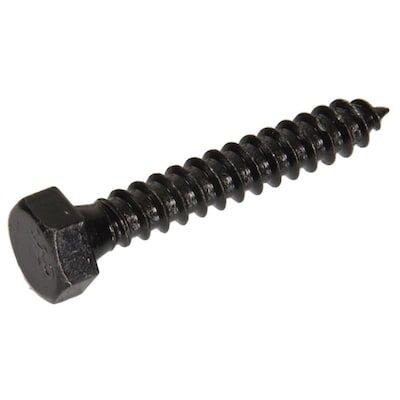Fastener heat treatment process is a very important process in fastener production.
For medium carbon steel and low alloy steel products, in order to achieve the strength required for use, they are heated to a temperature of 50 ° C above the GS line for heat preservation, then placed in water and oil and quenched, then, at an appropriate temperature Tempered.
After quenching and high temperature tempering operations, the "Quenching" treatment is completed.
The two main parameters of the heat treatment process are temperature and time.
1. Quenching temperature and time
For medium-carbon steel and low-alloy steel fasteners, if the temperature is lowered to below the GS line during quenching, that is, below 850 ℃ for cooling, the workpiece is hard and brittle after cooling, you should consider selecting 50 ℃ above the GS line for heating . Because if the quenching temperature is lower than the GS line, it will make its structure into two phases of austenite and ferrite. In this case, even if it is quenched, the soft ferrite will remain completely in its original state.
The closer the quenching temperature is to the GS line, the smaller the amount of soft ferrite.
2, the cooling rate
The cooling rate is a key link in the quenching process, that is to say, different cooling rates will cause different changes in austenite.
Rapid cooling will transform austenite into a hard and brittle martensite structure. If cooling at a slower rate, the martensite structure will be mixed with ferrite structure or pearlite structure and become incomplete Quench the tissue.
For fastener products above M12, when the cooling time is long, the cooling rate of the workpiece surface and the core is different, which will cause the hardness of the surface and the center to be different. This is an inevitable phenomenon in the heat treatment process of large-diameter carbon steel workpieces. The effective method is to fully stir the cooling medium or the cooling medium in the cooling tank.
3. Tempering process
When the quenched workpiece is reheated to 200 ~ 300 ℃, the carbide dissolved in the martensite structure begins to precipitate. At about 400 ° C, almost all precipitated.
The precipitated carbide slowly aggregates and grows into a granular form, that is, troostite, and at this time it becomes a structure with low hardness and no brittleness. When it reaches 600 ° C, it further agglomerates and expands into a spherical shape. At this time, it becomes a sorbite structure, and the needle-shaped grains of martensite completely disappear, and the toughness can be exerted.

Link to this article:Fastener heat treatment process
Reprint Statement: If there are no special instructions, all articles on this site are original. Please indicate the source for reprinting:Mold Wiki,Thanks!^^
